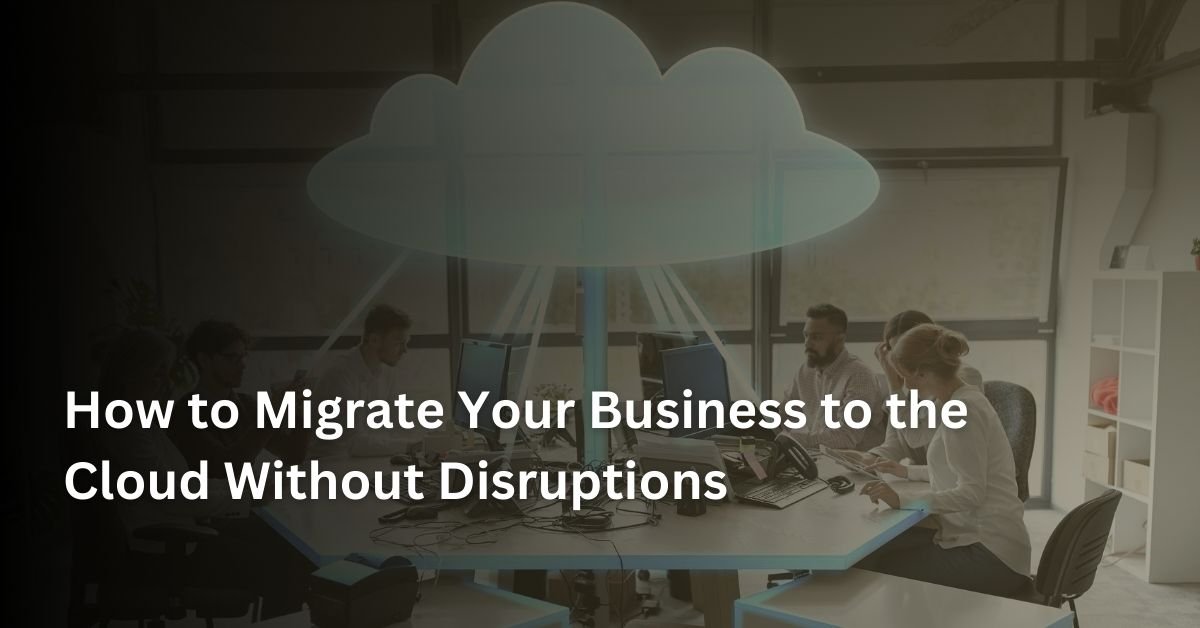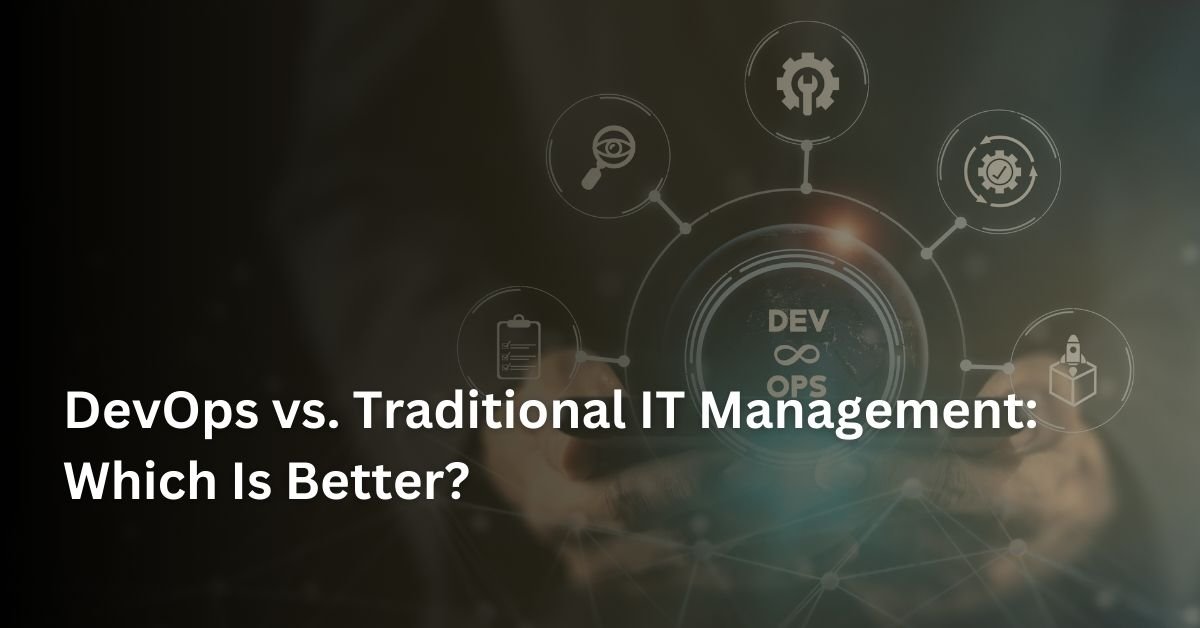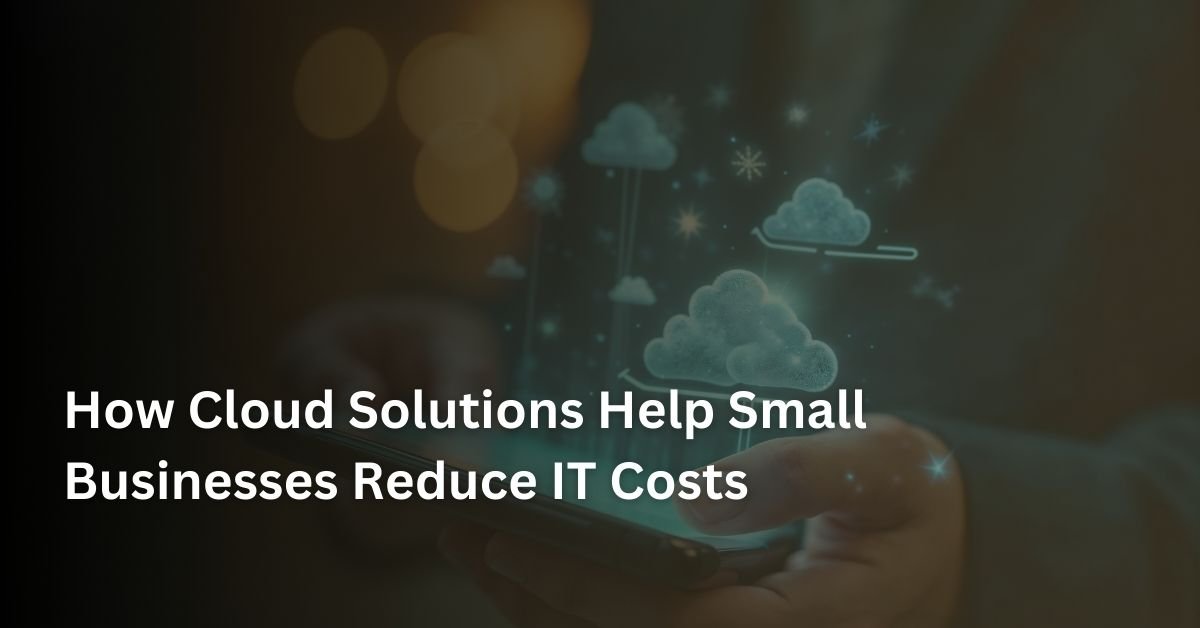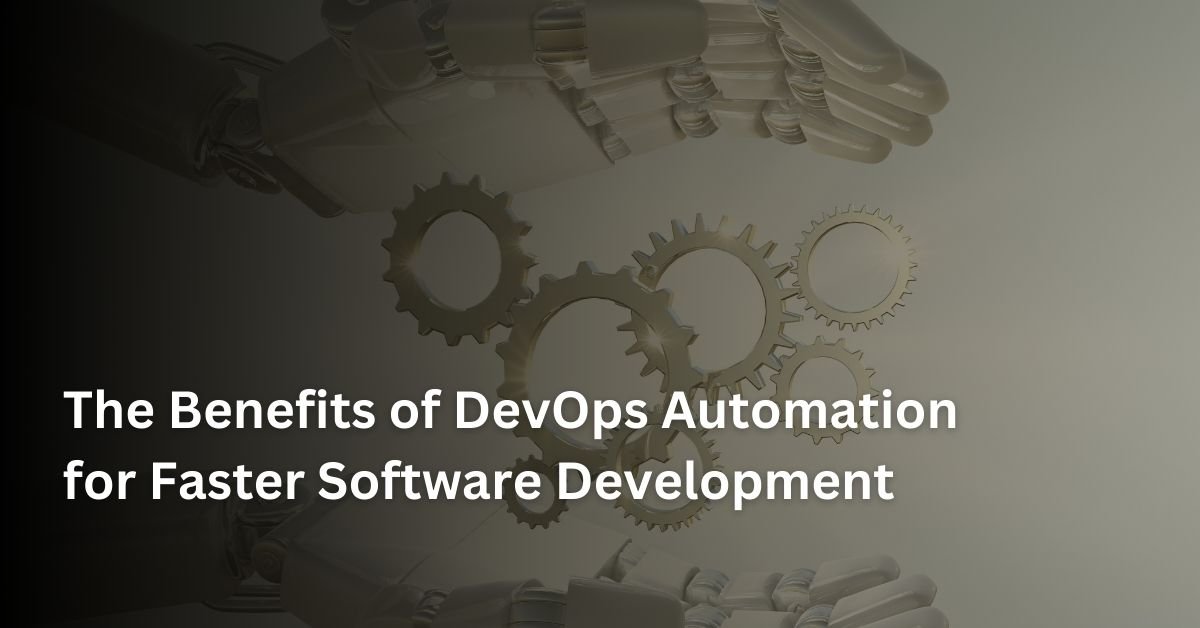As your business grows, the demand for scalable software becomes more pressing. The ability to scale your software solution without performance degradation is critical for supporting growth, adapting to new challenges, and staying ahead of the competition. Here’s a guide to the best practices for building scalable software that evolves with your business needs.
1. Design with Future Expansion in Mind

Designing software that can scale starts with architecture. The choices you make early on should focus on modular, flexible designs. Microservices, for instance, allow you to independently scale different components, so the overall system remains adaptable as your business requirements expand.
By designing for growth from the outset, you minimize the need for costly redesigns. Even simple decisions like using cloud infrastructure rather than on-premise solutions can greatly influence scalability down the line. Cloud computing resources can be scaled up or down based on demand, which provides flexibility as your business grows.
2. Adopt Agile Development

Implementing agile software development methods helps ensure your software can evolve with changing business needs. By breaking down the development process into small, iterative cycles, the team can quickly adapt to shifting market demands. Agile enables regular feedback, which ensures that the product aligns with business objectives and scales efficiently over time.
Agile development allows for quick pivots without overhauling the entire system. This adaptability is invaluable, especially when facing unforeseen business challenges.
3. Cloud Technologies: The Backbone of Scalability
Cloud technologies are a major player in scalable software solutions. By utilizing cloud platforms like Amazon Web Services (AWS) or Microsoft Azure, you can easily scale your software infrastructure. These platforms offer elasticity, which means your system can automatically adjust its resource usage based on current demand.
Cloud computing is cost-effective, as businesses only pay for the resources they consume. More importantly, cloud computing ensures high availability, meaning that your customers won’t experience downtime as your software scales.
4. Focus on Performance Optimization
Scaling isn’t just about increasing your software’s capacity. It’s about maintaining high performance under increased load. As your user base grows, ensuring that your software continues to perform at optimal speed is crucial.
Optimization starts with your codebase. Avoiding unnecessary resource-heavy operations, optimizing database queries, and implementing caching strategies can significantly improve response times. In addition, load balancing techniques ensure that no single server is overwhelmed by traffic, distributing the load evenly across your infrastructure.
5. Implement Automated Testing for Scalability
Automated testing ensures that your software can scale reliably without issues. When scaling, you might encounter hidden bugs or performance bottlenecks that only emerge when traffic or data volumes increase.
Tools like Selenium or JUnit can be used to simulate user load and test how the software behaves under different stress conditions. Load testing and stress testing can help you identify areas of improvement before they become real issues, thus avoiding downtime and ensuring your system scales smoothly.
6. Data Management Solutions for Scalability

As your business grows, so does your data. Scalable data management solutions, such as NoSQL databases, allow for horizontal scaling by distributing data across multiple servers. Unlike traditional relational databases, NoSQL is ideal for managing large-scale data efficiently.
Databases like MongoDB or Cassandra are popular choices for businesses looking to handle large datasets. They ensure that as your data grows, your database infrastructure can scale without compromising on performance.
7. Continuous Integration and Deployment (CI/CD)
To streamline the scaling process, adopting Continuous Integration (CI) and Continuous Deployment (CD) practices can be incredibly effective. With CI/CD, every code change is automatically tested and deployed to production. This automation minimizes downtime and ensures that new features or fixes can be rolled out quickly.
Having a robust CI/CD pipeline in place accelerates the scaling process and helps your software evolve faster while minimizing errors.
Conclusion
Building scalable software is more than just adding features—it’s about laying the foundation for future growth. By incorporating best practices such as agile development, cloud computing, performance optimization, and automation, your software will be well-equipped to handle the demands of an expanding business. If you’re ready to take your software to the next level, consider partnering with an experienced development agency like Revynox to guide you through the process.







